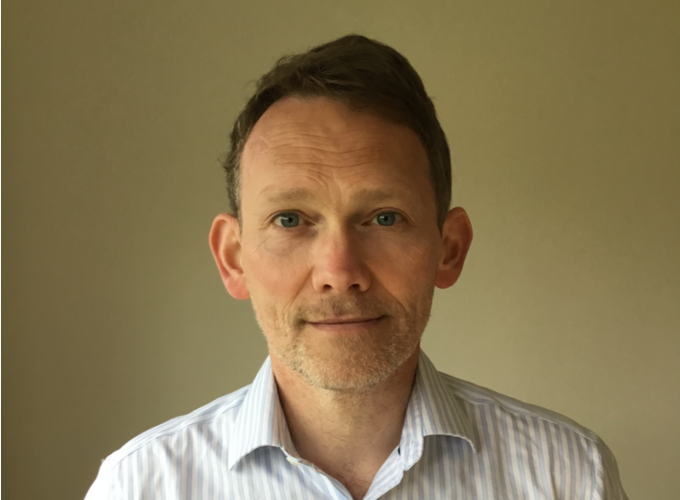The pandemic has shown sustainability is vital – but how can project professionals help?

Boris Johnson has vowed that Britain will build back greener as it recovers from the pandemic. Major new infrastructure projects will, he said, contribute to the UK reaching net zero greenhouse gas emissions by 2050.
This, in turn, will help the government meet the UN’s 17 Sustainable Development Goals (SDGs), which include ending poverty and improving education and employment.
Contractors, it seems, are already ahead of the game. Skanska has a supplier code of conduct requiring fair working conditions on all projects, while Balfour Beatty is aligned to the UN SDGs and has a ‘beyond net-zero carbon’ target for 2040.
Mace became a net-zero carbon business in 2020 and is looking to ensure that client projects are also sustainability-focused.
“Our project sustainability targets are either set by the client or something we can influence them to do,” explains Jessica Travers, senior project manager at Mace. “We recently persuaded a major high-street retailer to incorporate Sedex to improve responsible sourcing and the WELL accreditation to advance health and well-being in its new build. That included constructing a green living wall.”
Limited influence?
Beyond these notable examples, there is still much work to be done across industry in embedding sustainability in projects. According to recent research by the University of Westminster into Responsible Project Management – which covers the UN SDGs and project sustainability – construction sector project professionals see themselves as a “vector in increased awareness” of the issue, but feel their influence is limited.
Project professionals face barriers from leadership over the cost of sustainability and resistance to change from an older generation of practitioners.
“[Project professionals] can try and convince, but they don’t own the budget,” says Dr Dania Issa, lecturer in project management at Westminster.
Even when leaders do want to follow a sustainable path, this can be tricky to communicate to project managers, because of confusing corporate social responsibility (CSR) terminology such as ‘inclusive community’ and even ‘net zero’.
“There is a lack of common understanding around what such terms mean,” says Paul Mansell, lecturer at University College London.
Richard Samworth, IT programme manager, believes this contributes to project professionals not considering sustainability on a day-to-day basis.
“You read the CSR pages of a business’s website about 10 per cent sustainability reductions or removing plastic straws from the building,” he says. “But these have no real traction within the project environment. It’s very difficult to map global principles into my little IT project.”
So, what more can be done?
Mansell says there needs to be a greater alignment between a project manager, the PMO and senior leadership. Project professionals need to get closer to decision-making around sustainability.
“The pandemic highlights the need for a more balanced investment approach across the triple bottom line – planet, people and profit,” Mansell says. “It needs senior leadership to ensure that sustainability is an important organisational aim and set relevant goals. Project success is too narrowly defined as outputs such as time and cost and not in outcomes such as long-term local impacts. The pandemic should see more social and environmental project legacy.”
This approach should also include a simplification of sustainability targets. “There are 17 UN SDGs, but within that there are 169 targets,” Mansell explains. “Identify between four and eight of the most applicable targets to your project.”
Samworth agrees that both senior leaders and project professionals need to do more to deliver on sustainable opportunities.
“I recently worked on an IT project for a hospitality client. It had some legacy servers with valuable data which we had to keep online for 10 years to meet tax regulations,” he says. “One solution was keeping the data online, consuming energy. But when we started thinking sustainably, we decided to move the data into cold storage offline. It wasn’t about hugging trees. It was common sense and the management loved it. It needs to be a top-down and bottom-up approach. Agree the principles at a corporate level and drive sustainability at the individual project level simultaneously.”
He believes adding a new sustainability tolerance will make this easier.
“Even with 30 years of experience, I had never once thought about sustainability in a project before the hospitality contract,” he says. “Agile or PRINCE2 do nothing to enable sustainability. Why not add it in alongside the other tolerances such as scope and budget on a project and set metrics such as reducing air miles or CO2 emissions from a printer?”
A holistic approach
Travers of Mace agrees that small changes can make a difference, from LED lighting to choosing more sustainable materials.
“It is about understanding the impact of the project and breaking it down into actionable areas. We intend to have one conversation per quarter with our clients around sustainability to facilitate this,” she says. “It is also about educating yourself on sustainability terminology and trends. That includes getting on-site and asking questions such as ‘Do we really need plastic wrapping on this product?’ You shouldn’t overpromise on sustainability, but you do need to show its benefits.”
It is about taking a holistic approach to the issue.
“It should be in every project, everywhere,” Samworth says. “Sustainability touches all our lives and project managers can be the drivers of change.”
You may also be interested in:


0 comments
Log in to post a comment, or create an account if you don't have one already.